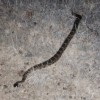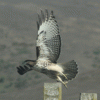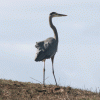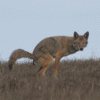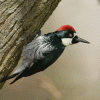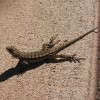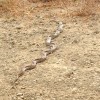32 known species. 70 subspecies.
Native to the Americas, ranging from the top of Canada to halfway down Argentina.
Bites are rarely fatal to humans if treated promptly.An estimated 7,500 people are bitten by venomous snakes in the United States each year, with about five deaths (Wikipedia).
Fieldguide
Despite their name, no known millipede has 1,000 legs, although one rare species has up to 750. Common species have between 34 and 400 legs. There are approximately 12,000 named species.
Breeds throughout most of North America, from western Alaska and northern Canada to as far south as Panama and the West Indies.
Its feathers are considered sacred to many American indigenous people and are sometimes used in religious ceremonies and found adorning the regalia of many Native Americans in the United States.
The feathers are regulated by the eagle feather law, which provides exceptions to federal wildlife laws regarding eagles and other migratory birds to enable American Indians to continue their traditional practices.
Common near the shores of open water and in wetlands over most of North America and Central America as well as the Caribbean and the Galápagos Islands. It is a rare vagrant to Europe, with records from Spain, the Azores, England and the Netherlands. They eat small fishies.
Similar in size to a jackal. Some bigger.
Good at pooing.
Breeding habitat is forested areas with oaks in the hills of coastal areas and foothills of California and the southwestern US south to Colombia.
Eats small bugs including crickets, spiders, ticks, scorpions, and even baby lizards. Females lay eggs that hatch July to September, when teeny lizards can be seen running around. They love the paving around our pool.
Population estimated to be stable or increasing at over 5000 pairs.
Occur all over the world. Something like 20,000 variants…
Lazing in the summer sun – harmless.
